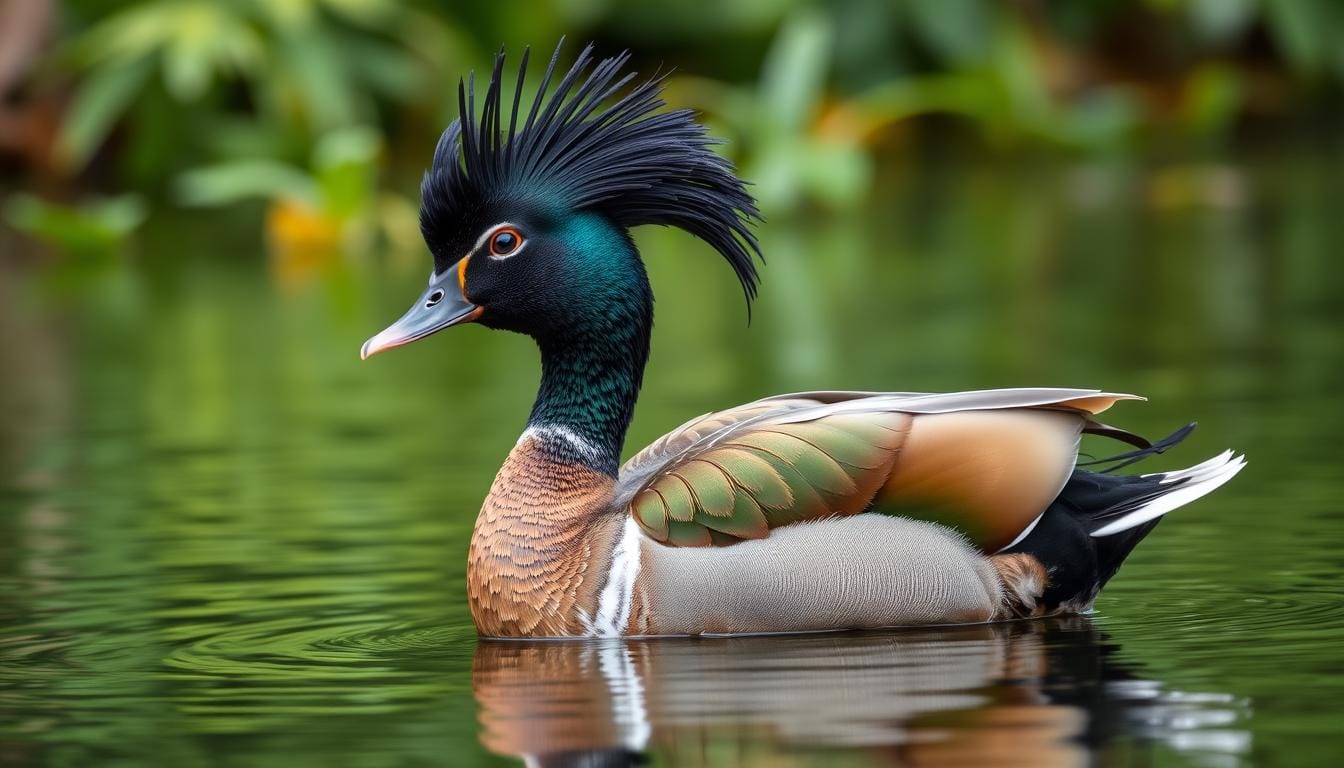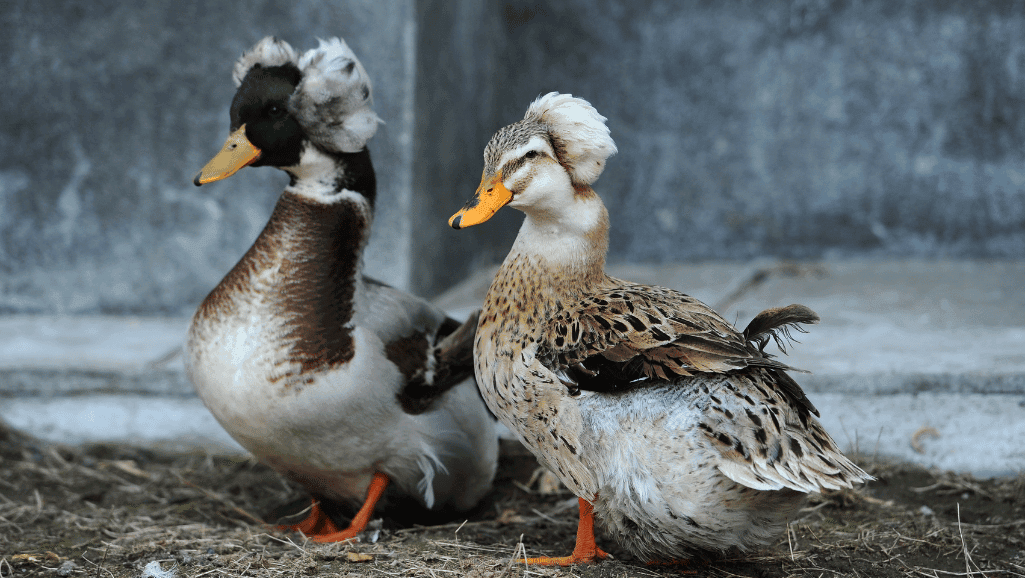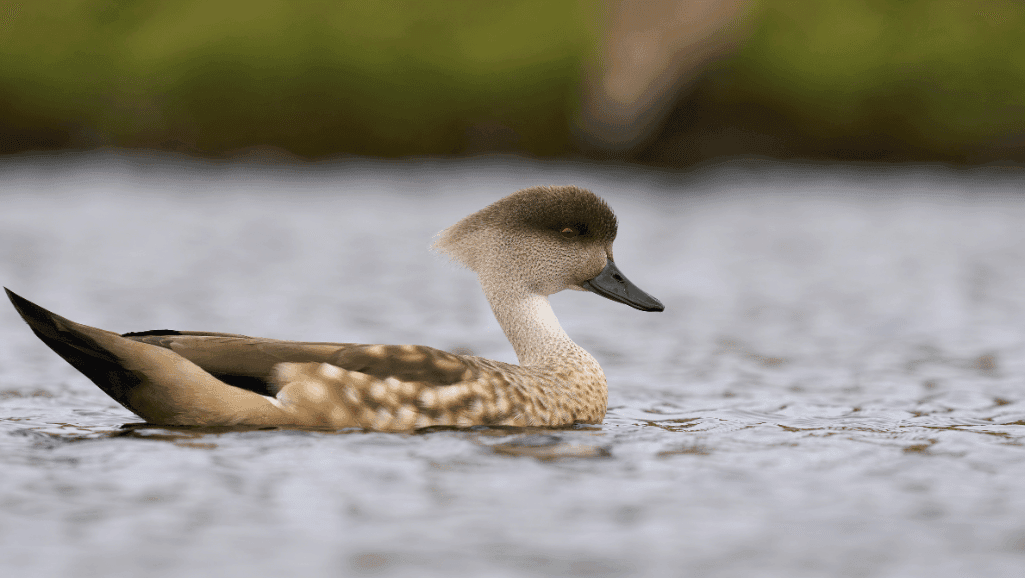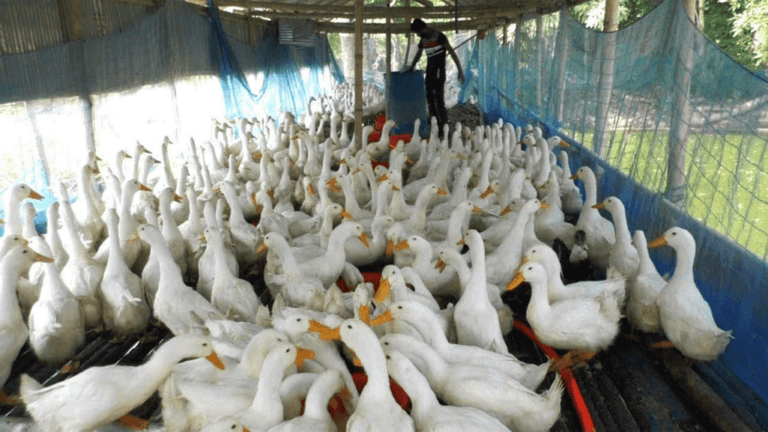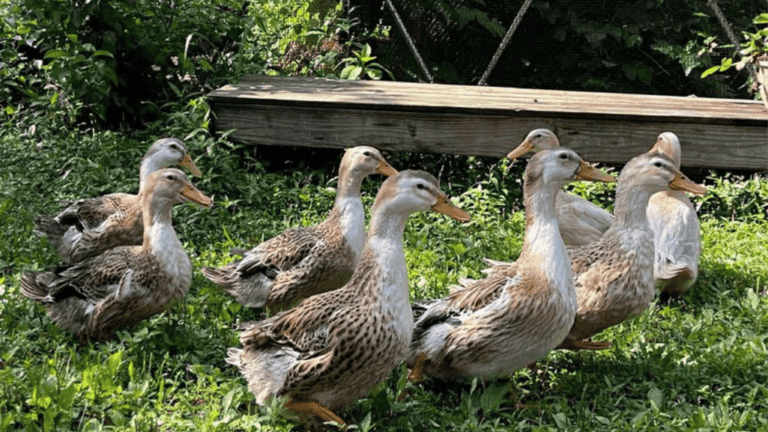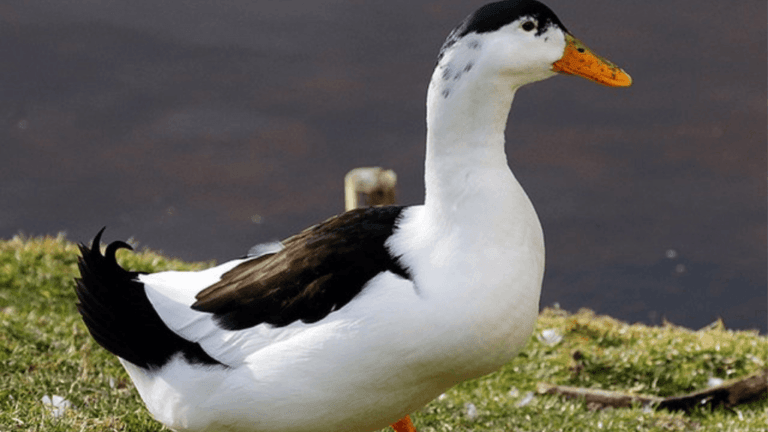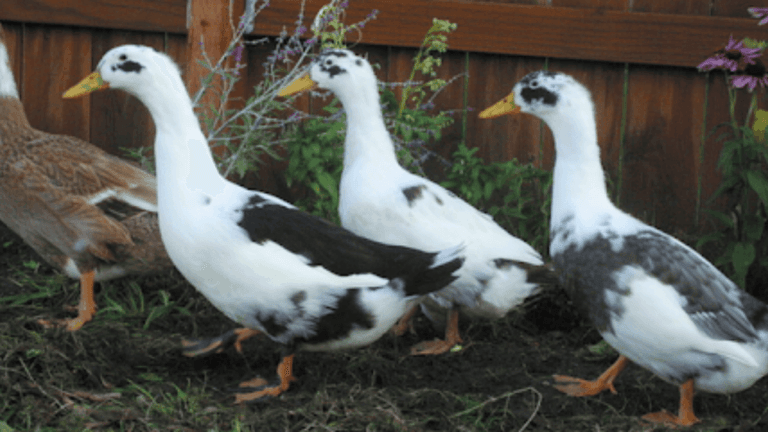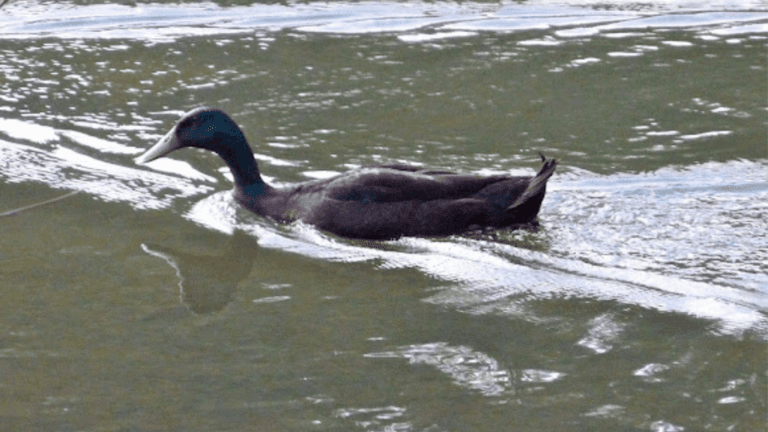The crested duck is a standout among waterfowl, known for its striking plumage. It draws the interest of bird lovers and researchers. Its unique crest comes from a genetic quirk, making it different from other birds.
Crested ducks are adaptable migratory birds. They have found a place in both the wild and homes. Their distinct look makes them favorites among duck fans and farmers.
Their crest is a key feature but also poses challenges. The genetic mutation affects their skull development. This can lead to health problems in some birds. Still, crested ducks are a captivating topic for bird experts and breeders.
Key Takeaways
- Crested ducks have a unique genetic mutation causing their distinctive crest
- They belong to the waterfowl family and are considered ornamental ducks
- The crest can lead to potential health issues due to skull development effects
- Crested ducks are popular among bird enthusiasts and farmers
- These ducks are part of the migratory bird group but also thrive in domestic settings
Introduction to the Crested Duck
The Crested Duck is a fascinating bird that has caught the eye of bird watchers for centuries. It’s known for its unique head tuft. This feature shows the amazing world of bird genetics and evolution.
Origin and History
The Crested Duck has a long history, starting in the 17th century. In 1874, it was officially recognized in the American Standard of Perfection, first in white. Soon, it became popular in Europe, making its first appearance at the British Waterfowl Association Club Show in 1994.
By 1997, the bantam variety was recognized by the Poultry Club of Great Britain.
Physical Characteristics
The Crested Duck is known for its distinctive head tuft. This comes from a genetic mutation that affects skull development. They come in many colors like white, black, blue, and mallard patterns.
Crested Ducks are classified as Light ducks. Males weigh between 785-1108g, and females 705-1030g, depending on the race.
Habitat and Distribution
Crested Ducks live in various environments, making them important for wildlife conservation. They do well in freshwater lakes, ponds, and coastal areas. The number of Crested Ducks varies by region.
| Location | Population Estimate |
|---|---|
| Falkland Islands | 10,000 breeding pairs |
| L.s. alticola race | 100,000 individuals |
| Nominate race | 10,000-25,000 breeding pairs |
Despite their unique trait, Crested Ducks are listed as Least Concern for conservation. This shows the success of conservation efforts.
The Genetic Mutation Behind the Crest
The unique crest of these ducks comes from a genetic mutation. This makes them stand out in wetland habitats.
Understanding the Crested Gene
A genetic mutation, marked as “Cr”, causes the crest in ducks. Ducks can have three genetic types:
- CrCr (homozygous, often lethal)
- Crcr (heterozygous, exhibiting the crest)
- crcr (non-crested)
Inheritance Patterns
The breeding results depend on these genes. The best breeding plan is to pair a heterozygous crested duck with a non-crested one. This mix gives a 50% chance of crested offspring, and the rest are normal ducks.
Potential Health Implications
The crested gene can cause health problems. Crested ducks might be more prone to head injuries, vision issues, and neurological problems. In bad cases, ducklings could have brains outside their skulls or die from seizures. They might also have fatty tissue around their heads.
| Breeding Pair | Outcome |
|---|---|
| Two crested ducks | High embryo mortality, potential skull deformities |
| Crested and non-crested | 50% crested offspring, healthier outcomes |
Crested Duck: Appearance and Behavior
The Crested duck is a standout among ornamental ducks with its unique look. These distinctive aquatic birds have a big crest on their heads. This makes them different from other ducks. They often have black and white feathers, with males showing more color than females.
Adult Crested ducks weigh about 2.7 kg, with males a bit heavier at 3.2 kg. There’s also a smaller version, the bantam Crested Miniature, weighing 0.9 to 1.2 kg. These ducks are used for meat, eggs, and as decorations.
Crested ducks are calm and friendly birds. They are quiet, making them great for backyard farms. They don’t forage well, which affects how they are cared for. These aquatic birds like their space and don’t like to be with others.
When it’s time to breed, Crested ducks show unique behaviors. They nest all year, depending on where they are. In the high Andes, they nest from October to April. In Patagonia and the Falklands, it’s from September to January. Females lay 5 to 8 eggs at a time, which take about 30 days to hatch. They can have two or even three broods a year.
Crested ducks have a long history, dating back to before the 1600s. They became officially recognized in 1910 by the British Standard. The American Poultry Association added the White Crested duck in 1874 and the Black variety in 1977. Their long history shows their lasting beauty as ornamental ducks and their role in duck conservation.
Breeding and Conservation Status
The breeding and conservation of crested ducks are big challenges in wildlife conservation. These birds, with their powder-puff feathers, need special care to survive. The Crested Duck’s conservation status varies, with some facing serious threats.
Breeding Challenges
Breeding crested ducks is hard because of their unique traits. Their crest feathers are beautiful but can be risky during mating. Drakes might grab these feathers, which could hurt their mates. This makes breeding programs to save these birds more complicated.
Conservation Efforts
Conservation efforts focus on keeping crested ducks healthy and breeding them safely. Protecting wetland habitats is crucial for many duck species. Conservationists watch over breeding groups to help these special waterfowl survive and thrive.
Population Trends
The number of crested ducks varies a lot by species. Some, like the red-crested pochard, have stable numbers. In Europe, 27,000 to 59,000 pairs nest here. Spain is home to 80% of the European Union’s red-crested pochards.
But, some species face bigger threats. The Brazilian merganser has only 50-250 birds left in the wild. The Madagascar pochard is the rarest, with less than 50 wild birds. These numbers show we need ongoing conservation efforts to protect these unique birds and their homes.


